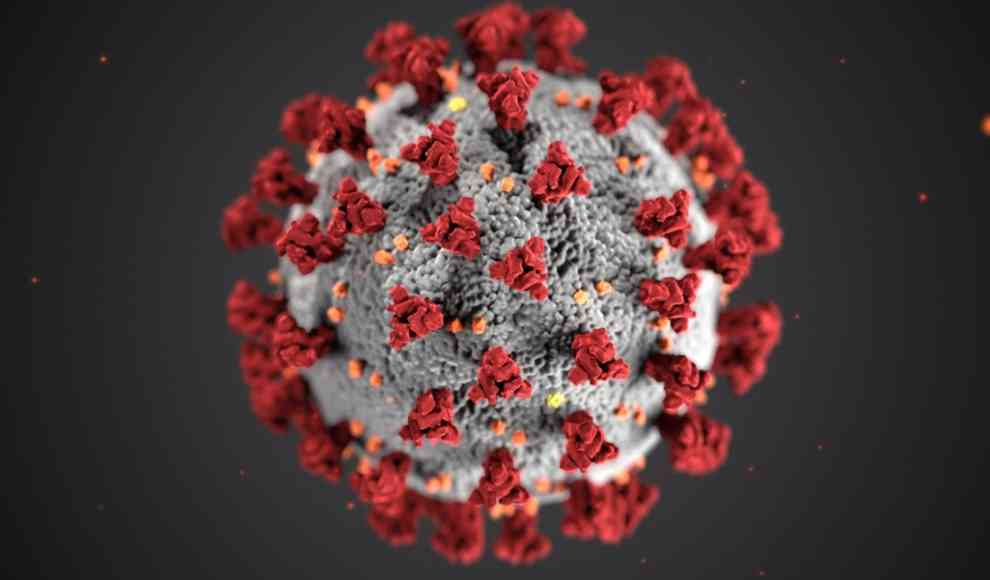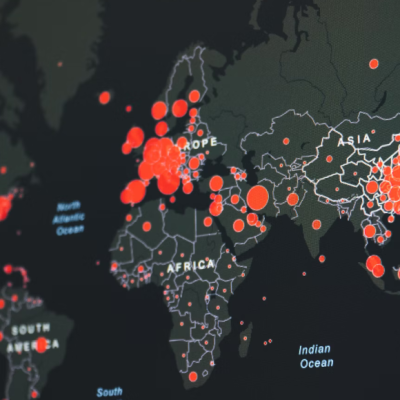A new database has been developed to help detect the transmission risk of zoonotic pathogens such as SARS-CoV-2 more quickly, with the aim of preventing future pandemics. HIV, Ebola, SARS, and many other dangerous pathogens have their origins in animal organisms. There are currently more than 250 known zoonotic pathogens, but estimates suggest that there are potentially hundreds of thousands of animal viruses that could jump to humans. In response to the pandemic caused by SARS-CoV-2, which highlights the risk of zoonotic pathogens, scientists at the University of California, Davis have developed a freely accessible database to help better assess the risk of transmission.
The estimation of the spillover risk is based on a range of factors that the scientists have identified based on expert surveys and previous studies. These include how many and how often a pathogen infects animals, how widely a pathogen is distributed on Earth, and how close the infected animals come into contact with humans. Other factors of spillover risk include transmission routes and the genetic structure of the pathogens. The database currently contains pathogens from 887 wild animals that have been evaluated based on 31 risk factors.
The top 12 spots in the danger ranking are occupied by pathogens that have already jumped from animals to humans. The Lassa virus, which has been known since the 1960s, tops the danger ranking. The Seoul and Nipah viruses follow, with SARS-CoV-2 in second place. The researchers explain that the database evaluates the future spillover risk, and the WHO investigation has so far only provided evidence that the virus may have jumped from an animal to humans. The exact risk assessment of SARS-CoV-2, which could potentially put the virus in first place in the database, requires further information, such as which intermediate host the virus passed through from bats to humans.
The database will be constantly updated in the future, and other experts can also add new data on viruses. The aim is to initiate a global discussion and scientific collaboration in real-time to detect new threats early. The researchers hope that the database will improve our understanding of viral threats and enable us to act to reduce the risk of transmission to humans before another devastating pandemic occurs.









